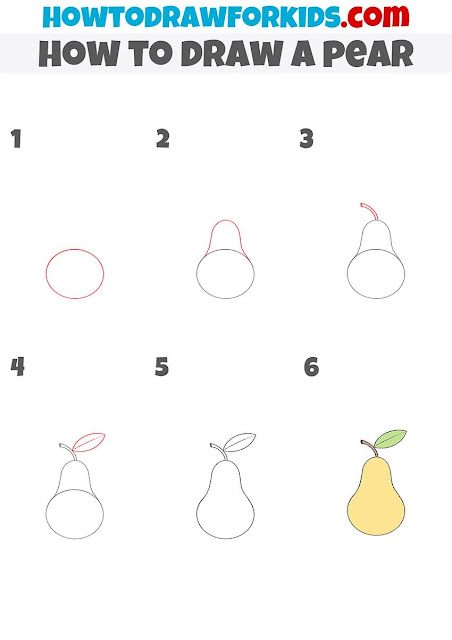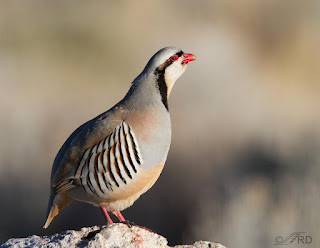Welcome!
Posted by BuzzFeed on Pinterest
‘On the first day of Christmas
My true love gave to me -
A partridge in a pear tree.’
The song ‘12 days of Christmas’
has been around for a long time.
I thought it would be fun to feature
one day in its’ own blog.
Let’s start!
Day 1:
A partridge in a pear tree
But wait! Is that really what it is?
Early versions say
‘A sprig from a juniper tree’!
And
the earliest written version is from 1780
found in a children’s book
‘Mirth With-out Mischief’.
In the 1780 version it says
‘A very pretty peacock upon a pear-tree’.
Oh no, that’s just wrong!
Fortunately in 1909 British composer
Frederic Austin
wrote the version we use today.
Oh, and partridges are NOT quails!
Partridges are larger than quails, and have stronger feet and bills.
The first partridge above is a
red-legged partridge.
The one right above is a
Chukar partridge.
Chukar partridges are known for their
agility in the air!
Partridges are native to Europe,
Asia, Africa and the Middle East.
The Grey Partridge was brought to North America
and is the most common found in the USA.
They are known to be skittish and very secretive.
A good thing I think if you are being hunted!
All kinds of critters hunt these partridges -
Skunks, raccoons, foxes,
Great Horned Owls,
Red-Tailed hawks, prairie falcons
and domestic cats and dogs.
Whew!
Photo credit: James Harley Photography
Sometimes they are called
Hungarian Partridges.
Here is a vintage book page
that shows how to draw a partridge
(in French!)
The thing that struck me the most is…
No plume curled over the head!
Photo credit: Athar Javed
While there are a couple kinds with head feathers , they are more slanted to the back.
So what we see a lot in art is actually a quail!
This artist got it right -
If you are stuck at home,
or need a break at the office,
why not try a couple of these?
Practice drawing trees and leaves,
or
Draw in some pears (see above)
The next 2 are adaptations I made
of a photo on Pinterest
for European Pear Tree seeds,
sold on Etsy.
filling in as you want.
The 2nd one is to be colored with milky gel pens!
Or
You can print, and cut out the parts you want using either one sheet of paper or several different colored sheets. Glue onto a card and you have a great homemade card to give someone.
Here is a simple pear shape that is perfect for filling in with Zentangle designs.
I find Zentangle-type drawing to be very relaxing. Maybe you will too.
*don’t know what Zentangle is? Do a search on my past blogs and you will find many examples!
Here’s another simple activity:
This is a type of embroidery called redwork.
(Done entirely in one color thread- red).
Place a small piece of fabric in a small hoop.
These are made of 2 parts and the fabric is held tight between the 2 hoops.
Trace the pattern onto fabric with a fabric pencil (washes out) or something similar.
Now grab a few minutes at a time and chain stitch the design on with red embroidery thread.
*tip- red may not be colorfast which means it could run and leak if it gets wet. Choose your thread accordingly to how you want to use the finished piece.
Here is another design to do -
Why not try fabric paint with this one?
I loved the ball-point paint pens I used when younger.
Next blog I will delve into more of the history of
12 Days of Christmas,
and 2 Turtle Doves.
til then,
Inkspired
p.s. you know how hard it was to find activities and designs that had a partridge shown,
instead of a quail?!
Here are some of the websites I checked for information used in this blog:
Britannica.com
wildlife trusts.org
En.Wikipedia.org
unireadinghistory.com
Pinterest.com
allaboutbirds.org
GoodHousekeeping.com



















No comments:
Post a Comment